
Submerged Minifigs Aquascape Scenes: Easy Fish-Tank Makeover on a Budget
Picture your standard ten-gallon tank. Gravel, a plastic castle, maybe a lone betta patrolling the glass. Nothing wrong with it, but nothing to spark conversation
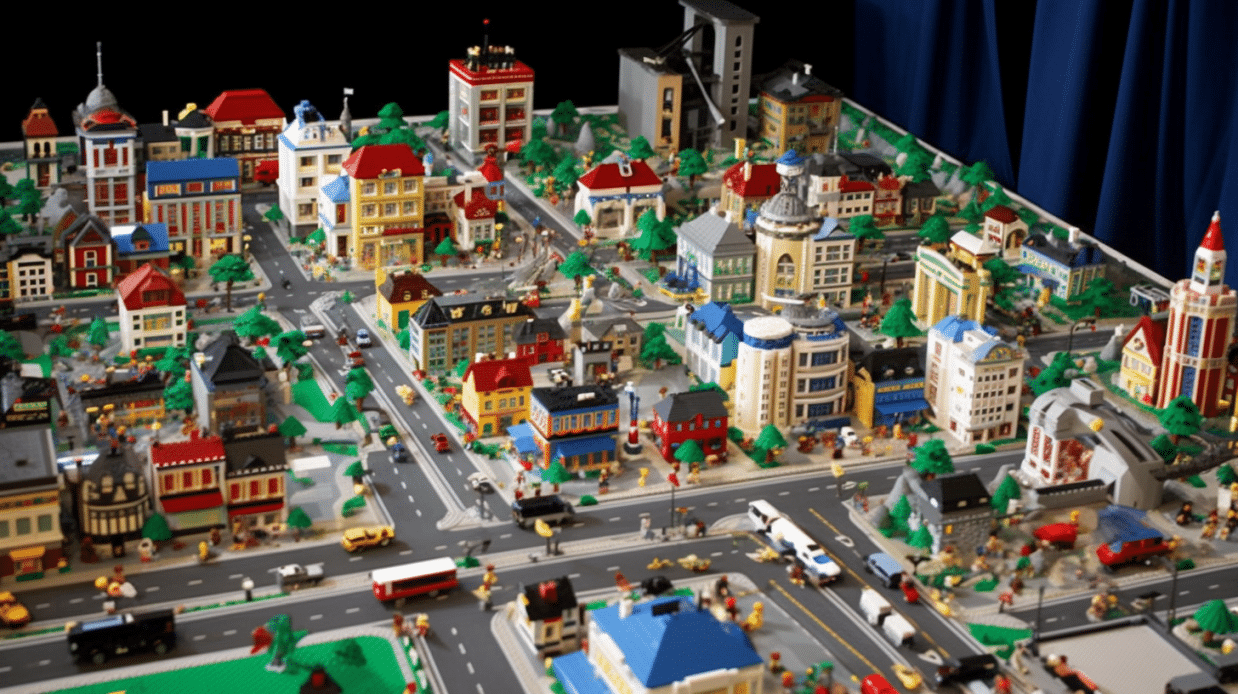
Are you a LEGO enthusiast looking to create your own bustling metropolis? Building a LEGO city can be a fun and rewarding project, but before you start piling bricks together, it’s important to consider some fundamental urban planning and design principles. In this article, we’ll explore some key concepts to keep in mind as you build your LEGO city.
One of the most important aspects of urban planning is zoning. Zoning determines what types of buildings can be built in different areas of a city. For example, residential buildings are typically located in one area, while commercial buildings are located in another. When building your LEGO city, think about how you want to zone it. Will you have a downtown area with skyscrapers, or will your city be more spread out with a mix of commercial and residential buildings?
Transportation is another critical aspect of urban planning. A well-designed transportation system can help reduce traffic congestion and make it easier for people to get around. As you build your LEGO city, consider how people will move around. Will you have a subway system, bus routes, or bike lanes? You can even create your own LEGO vehicles to add to the mix.
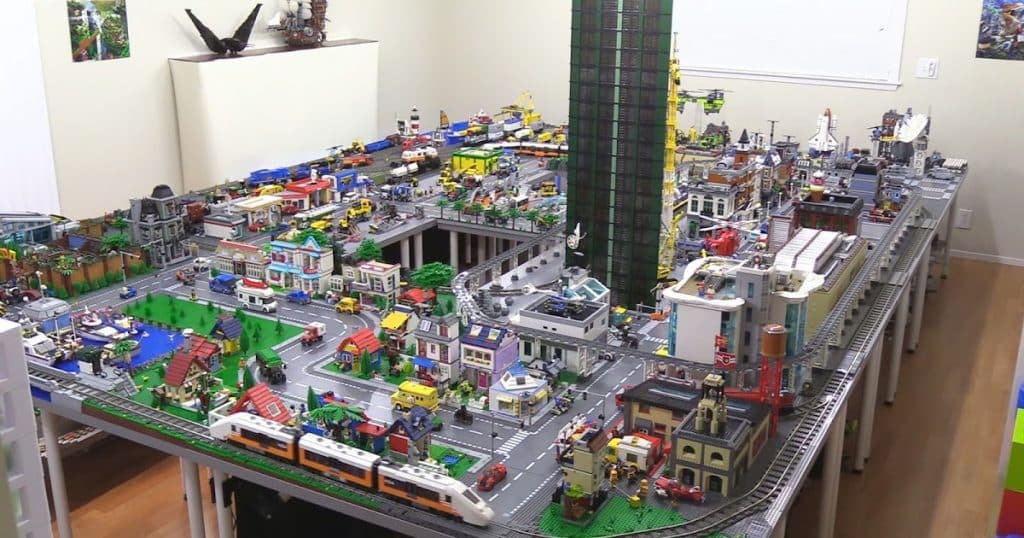
Green space is an essential component of any city. Parks, gardens, and other natural areas provide a space for people to relax and enjoy nature. As you build your LEGO city, don’t forget to include some green space. You can create parks, playgrounds, and even a botanical garden.
Scale is crucial when designing a LEGO city. You want to make sure that all of your buildings and vehicles are proportional to each other. The size of your LEGO people should also be consistent. This will help make your city look more realistic.
Infrastructure includes all of the systems and facilities that are necessary for a city to function. This includes things like roads, water and sewer systems, and power grids. As you build your LEGO city, consider how you will create and connect these systems.
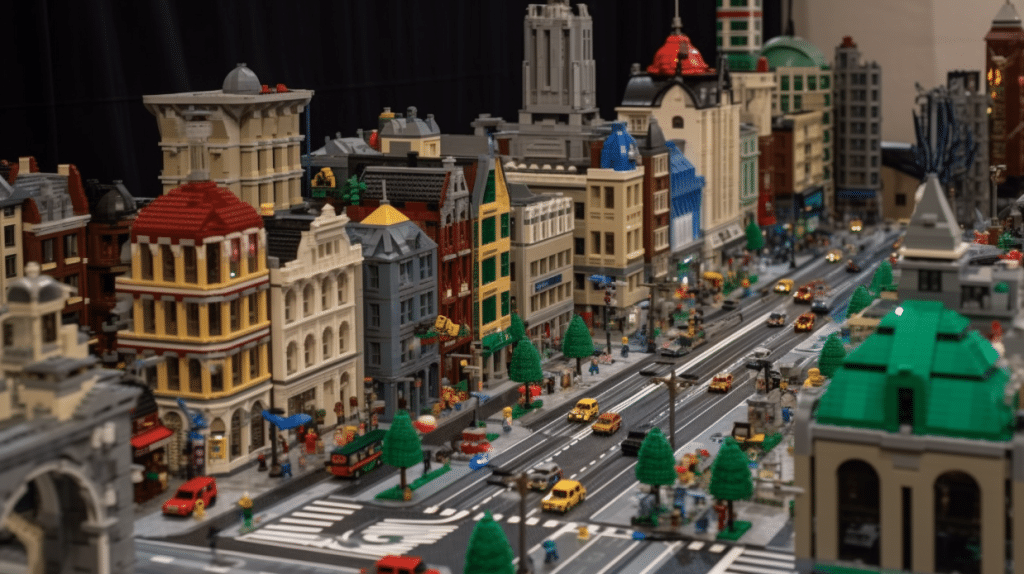
Finally, it’s important to think about diversity when building your LEGO city. A diverse city includes a variety of people, buildings, and cultures. Try to include a mix of different types of buildings and people in your LEGO city. This will help make it more interesting and realistic.
Proportions are an essential aspect of building a LEGO city that looks realistic. When building your city, make sure to use the correct proportion of bricks to create realistic-looking buildings. Using the correct scale for buildings and other structures will help them look more believable, and add to the overall realism of your city.
Lighting is another critical component of any city, and this holds true for your LEGO city too. Lighting can help set the mood and ambiance of your city, and it also plays a vital role in making your LEGO city look more realistic. Consider using LEGO light kits to illuminate your city and bring it to life.
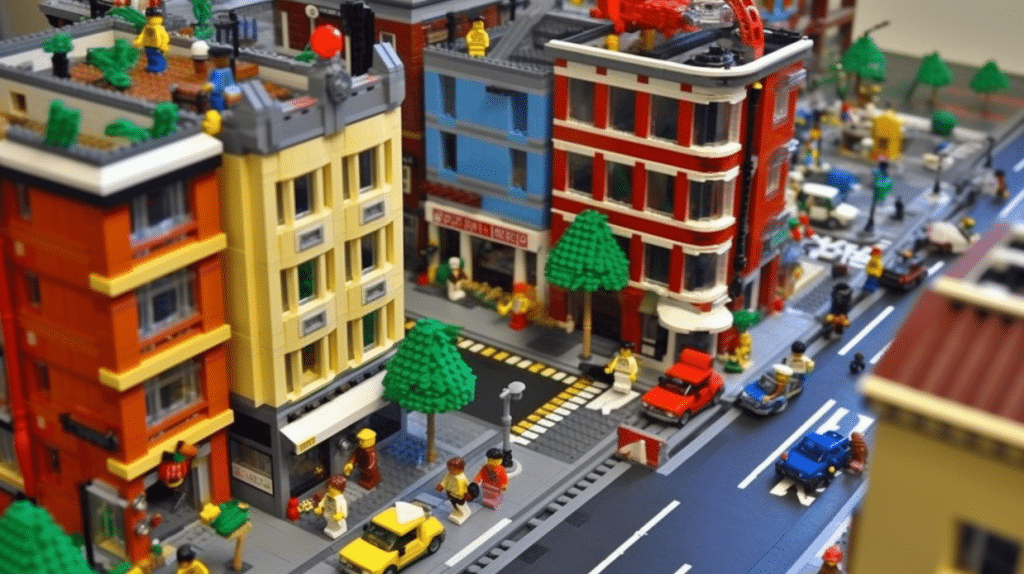
Finally, community spaces are another crucial aspect of any city. Community spaces like plazas, town squares, and marketplaces are places where people can gather, socialize and connect with one another. When building your LEGO city, think about creating some community spaces that can serve as gathering places for your LEGO people.
In conclusion, building a LEGO city is a fun and rewarding project that requires some basic urban planning and design principles. By considering zoning, transportation, green space, scale, infrastructure, diversity, proportions, lighting, neighborhoods, and community spaces, you can create a LEGO city that looks realistic and visually appealing. Remember, let your imagination run wild, and have fun creating your own LEGO metropolis!

Picture your standard ten-gallon tank. Gravel, a plastic castle, maybe a lone betta patrolling the glass. Nothing wrong with it, but nothing to spark conversation

Introduction – stop guessing and start gifting Every December I promise myself I’ll avoid the last-minute gift dash. Then I stare at my list, blank.
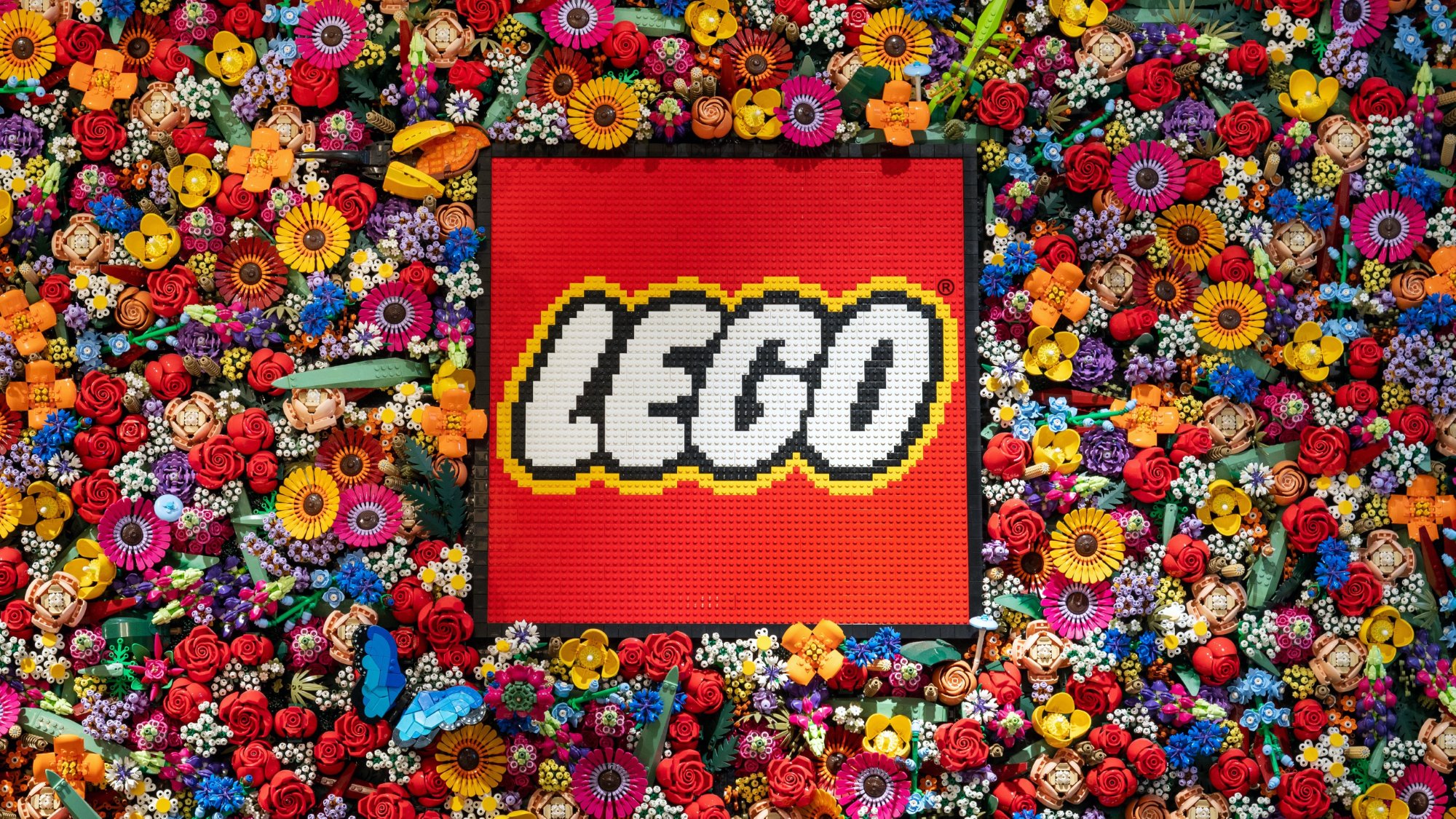
“Play is not frivolous. It is how we learn.” Those words from the late educator Seymour Papert echo through LEGO’s history. On 26 June 2025, TIME put that idea
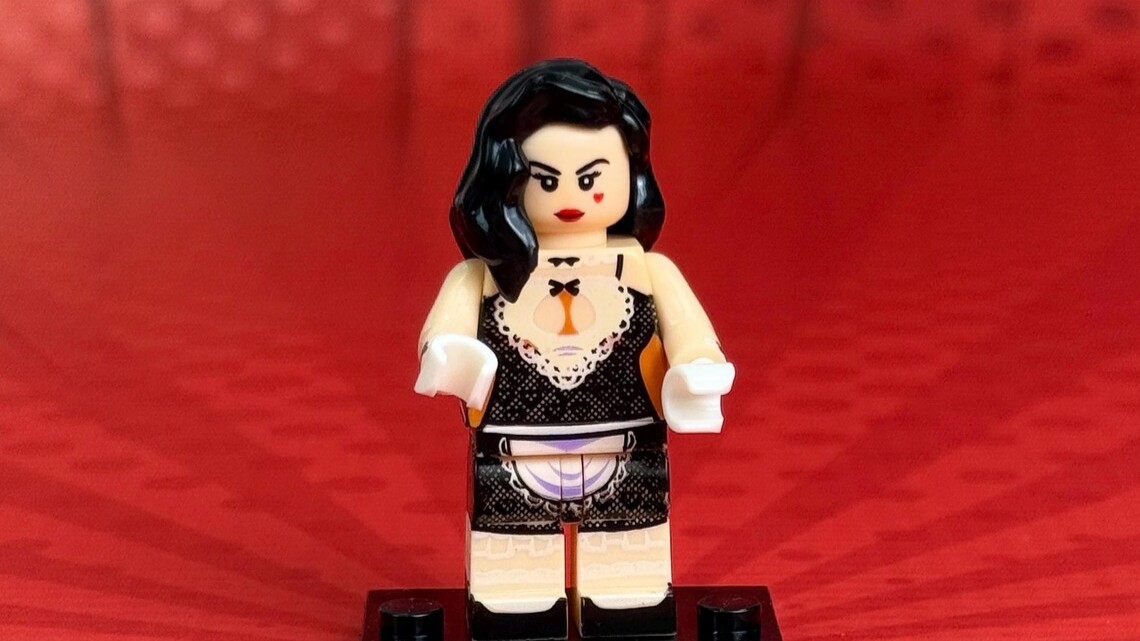
I remember the first time I came across a suspicious minifigure. It felt light in my hand, and the print on its torso looked slightly
© 2022 All rights reserved. LEGO® is a trademark of the LEGO Group of companies which does not sponsor, or endorse our products
Made with ❤ by Minifig.biz